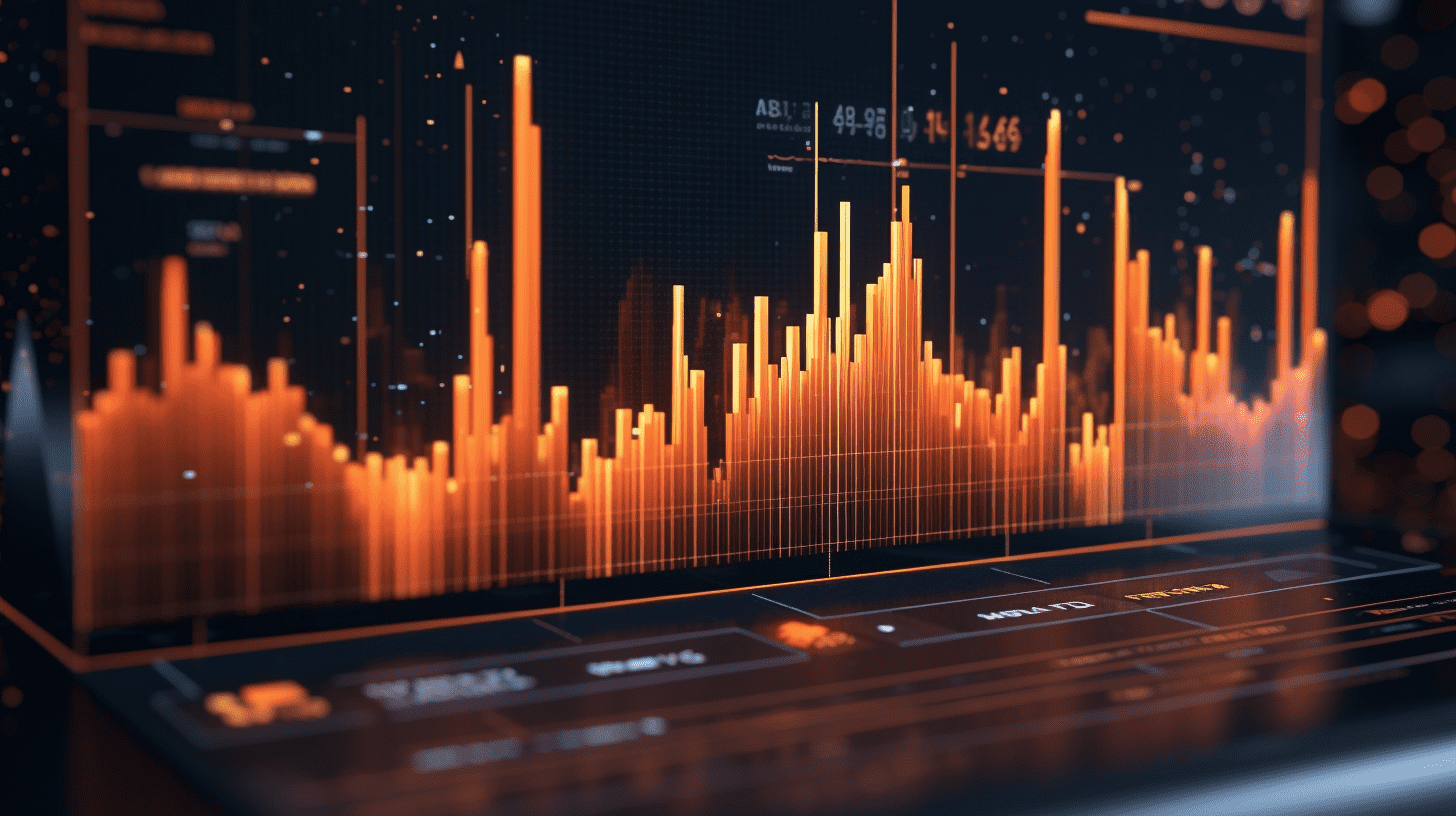
JP Morgan: It is difficult to replicate the performance of the US stock market in 2017, the market may shift towards defensive sectors.
Recently, JPMorgan Chase released a stock strategy report, stating that the differences between the current US stock market and 2017 are still worth paying attention to, but there may also be some similarities. The bank predicts that in the second and third quarters, economic activity will slow down, trade uncertainty will intensify, and other unfavorable factors will resurface, causing the market to shift towards defensive sectors.
From February to March, the S&P 500 index fell by 10%, and the "Mag-7" stocks that had been rising in the fourth quarter completely reversed, leading the market to be oversold at a technical level, and both long and short indexes were at low levels. JPMorgan Chase believes that this situation provides the possibility for a short-term breather in the market, but expects that the market's stabilization trend is unlikely to last long. The bank predicts that in the second and third quarters, economic activity will slow down again, trade uncertainty will intensify, and serious inflationary pressures will dominate, pushing down stock prices and bond yields, and shifting the market towards defensive sectors.
From a macro perspective, the bank's basic expectation for this year is that the market trend will be different from 2017. The main difference lies in the growth of the S&P 500 index and policy considerations. In 2017, the S&P 500 index rose continuously by over 20%, while this year the bank expects the market to be in a consolidation phase at least in the first half of the year.
On one hand, the starting positions of the market are completely opposite. In November 2024, investors were at near high levels after a period of "fear of missing out" (FOMO) sentiment, while in November 2016, investors were extremely cautious, with low positions. In November 2016, the P/E ratio of the S&P 500 index was 17 times, while now it is 21 times.
The growth prospects, inflation, and bond yield backgrounds are also different. 2017 can be seen as a re-inflation period, while the bank now faces stagflation risks: economic activity gradually declining while inflation expectations rise. The fiscal deficit levels are also significantly different, and the key is that policy sequencing is also diverging.
Another difference is the leadership position of the tech stocks. In 2017, the "Mag-7" rose by 45%, with a starting valuation of 20 times. This year, the "Mag-7" dropped by 12%, with a P/E ratio of 27 times. The bank is still not optimistic about the group's performance in 2025.
Finally, the policy focus is in stark contrast to 2017. Although this week's major event dynamics may not create too much pressure, trade uncertainty has not yet peaked. In 2017, the market implemented supportive policies, followed by tariff measures in 2018.
This time, trade uncertainty is leading, and if companies have to concede and start moving production to the US, this uncertainty may last longer. In order to achieve this goal, the current US government cannot actually let companies see through its bluff of tariff threats. Even if future tariff announcements are subsequently withdrawn, the impact on business confidence may still persist.
The main similarity is that international markets may perform better than the US market, just like in 2017. The starting multiples in international markets are lower, and fiscal policies in Europe and China are increasingly supportive compared to the US. Importantly, the US dollar may weaken, similar to 2017. Real interest rate differentials may narrow, meaning the US dollar may further depreciate in the future.
However, the bank does not believe that the market will experience directional decoupling. If the market faces pressure in the coming months due to the difficult balance between growth and policies, international stock markets will also be limited, but in periods of market volatility, they may not need to show high beta values compared to the US stock market as in the past.
RECOMMEND
©️2013 - 2025 GMT EIGHT Holdings. All Rights Reserved.
Contact: [email protected]


